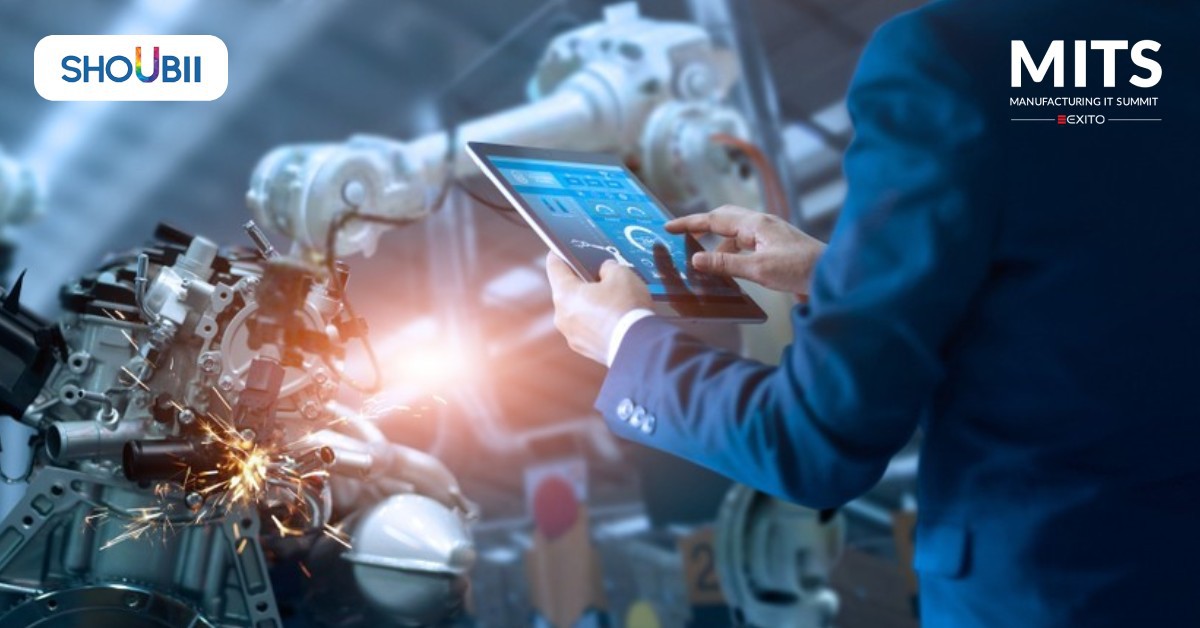Progress is inevitable and eternal, and that is the apposite also for the ever-growing manufacturing industry which started as a purely man-made industry. People had started to specialize in different skills for manufacturing goods byand when the era of machines arrived. Then people progressed to specialize in skills for handling the machines that manufactured goods and depended on ERP tools to manage the manufacturing process and business functions that were involved.
The sector then proceeded to evolve to an age of machine integration that revolutionized human-machine interaction, automation of manufacturing processes and business functions. Technological advancements have made it convenient for manufactures to economically produce goods of higher quality more efficiently. This led to a surge in digital manufacturing solutions and tools competing to produce more efficient solutions.
SAP Manufacturing solutions is one such provider that has enabled companies to integrate and embed intelligence in manufacturing processes with a single-source of real time information as it can provide a fully integrated solution from machine level to ERP all-in-one. However, when it comes to technology one size doesn’t fit all, different manufacturers have different methods, materials, processes, speed and requirements. Who would not like a tailor-made solution where they can bend the way the standard processes are executed?
Shoubii Consulting happens to be the mother-lode of tailor-made solutions. The tools that we use to make this possible – SAP MII, SAP ME, SAP DMC, GE Proficy, Oracle Cloud, Apriso – are boundless. The skillset we possess is a banquet of SAP modules like SAP HANA, SAP IS Retail, SAP Fiori, SAP EWM and Oracle cloud solutions like ERP, IoT, SCM. When consumers are presented with a variety of options, it expands the possibility of having more user-friendly and sustainable solutions that require minimum post deployment support.
We at Shoubii work hand-in-hand with the clients to understand the requirements better. Having worked with multiple industries – like steel, aerospace, pharmaceutical, chemical – Shoubii has gained the experience and proficiency and has earned the reputation of consistently providing solutions on time and of superior quality. This was made possible as Shoubii is a bustling hub of activity, with an abundance of outstanding young individuals working to make a name for themselves and busy creating a long-lasting, successful history. Our presence piques the curiosity of our competitors. We are on a mission to make the process automation of the Manufacturing Industry simple, significant and comprehensive. Shoubii Consulting essentially revolutionizes user experience in the Manufacturing sector.
To know more about Shoubii Consulting, Click here!


